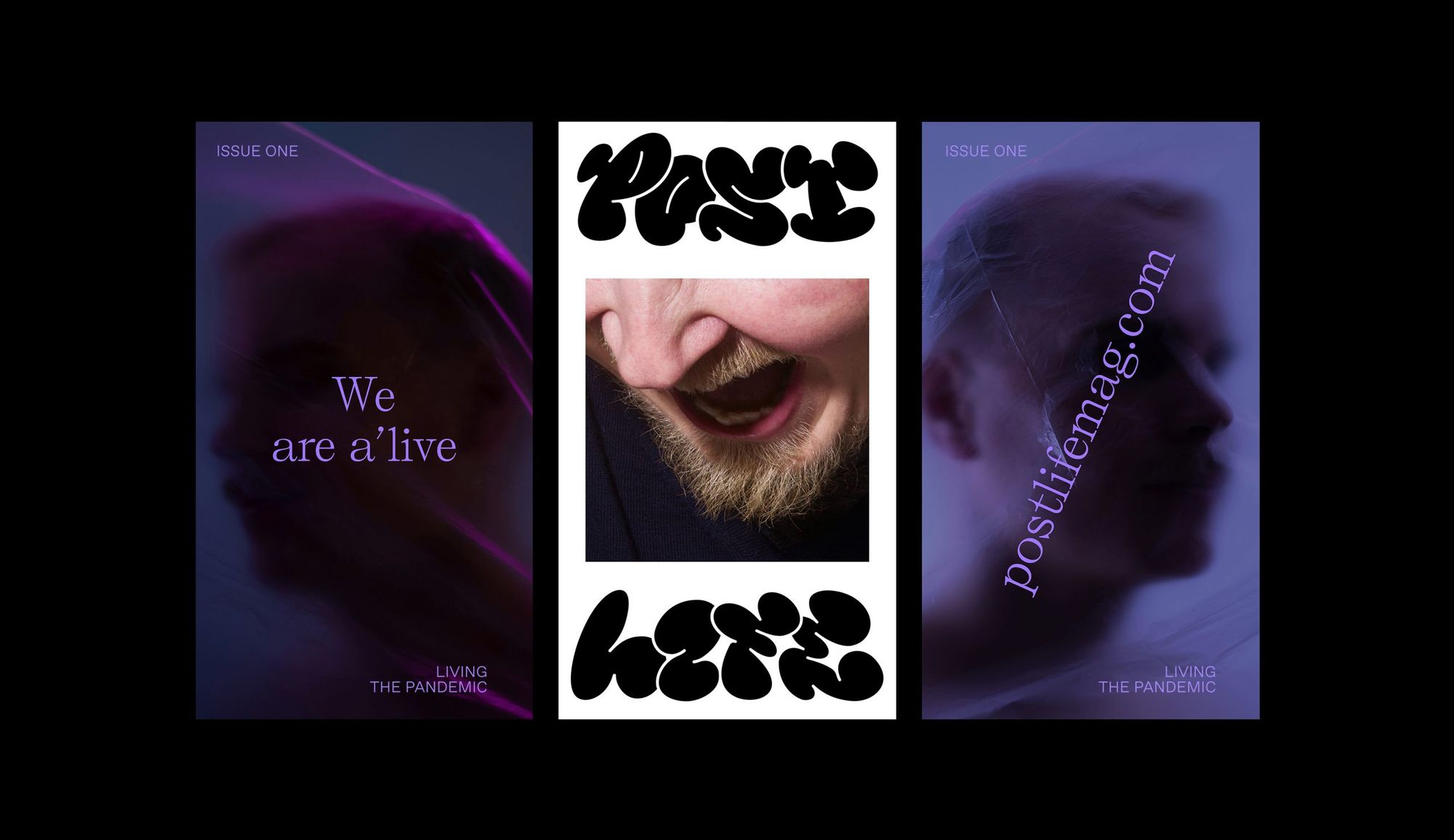Leisure activities in the confinement of your room, robotic dogs to ease loneliness, staring at empty streets from your window and waiting for someone to appear, or moments spent in a utopia fifty years from now: visual designers and copywriters imagine the world through dystopian glasses on the pages of Post Life Magazine, to show us how our lives could be altered after a certain event. The project’s initiators and contributors talked to us about their concept.
The idea of Post Life Magazine was born from the minds of photographer Henri Vogt, copywriter Alex Yletyinen, creative web designer Timo Botenbal, and graphic designers Lili Köves and József Kiss, permanent members of Classmate Studio The idea started taking form at the beginning of last year, during the beginning of the pandemic when most people’s workload began to diminish. “We wanted to launch a collaborative project in which we could all work together freely in a creative framework. The fact that we were unable to meet in person inspired the idea of an online magazine created entirely via remote work” Lili explained.
After the first few conversations, the concept was outlined—reflecting on the experiences brought along by the pandemic in an unusual, abstract manner. The initiators wanted to involve further collaborators in the project and as time passed, more and more creatives became interested in joining. As a result, the basis of the first few articles came to life quickly, and the first issue of Post Life Magazine titled Living the Pandemic was born.
“The basic concept is to explore a determinative event that alters the way people live. Post Life Magazine does this from a utopian-dystopian, sometimes satirical perspective. The theme of the first issue is fittingly the pandemic and how its changed our lives. Each article is uniquely created, based on the experiences and decisions of our contributors. The unifying force is the collective pandemic experience and how we reflect on it in an abstract, sometimes even futuristic way” highlighted Józsi.
“The main point of the project is to raise questions about how we live and experience things, to ask how things could be different, what they would look and feel like, and who or what would matter in such a world” added Alex.
Even the name of the magazine suggests a depiction of a utopian life imagined: “The name “Post Life” comes from the idea that we wanted to explore what happens after decisive events. After a pandemic, after the spread of populism, after global warming’s irreversible consequences. The idea to imagine what could happen after something this major is very important, especially in the uncertain times we are currently living in” continued Timo.
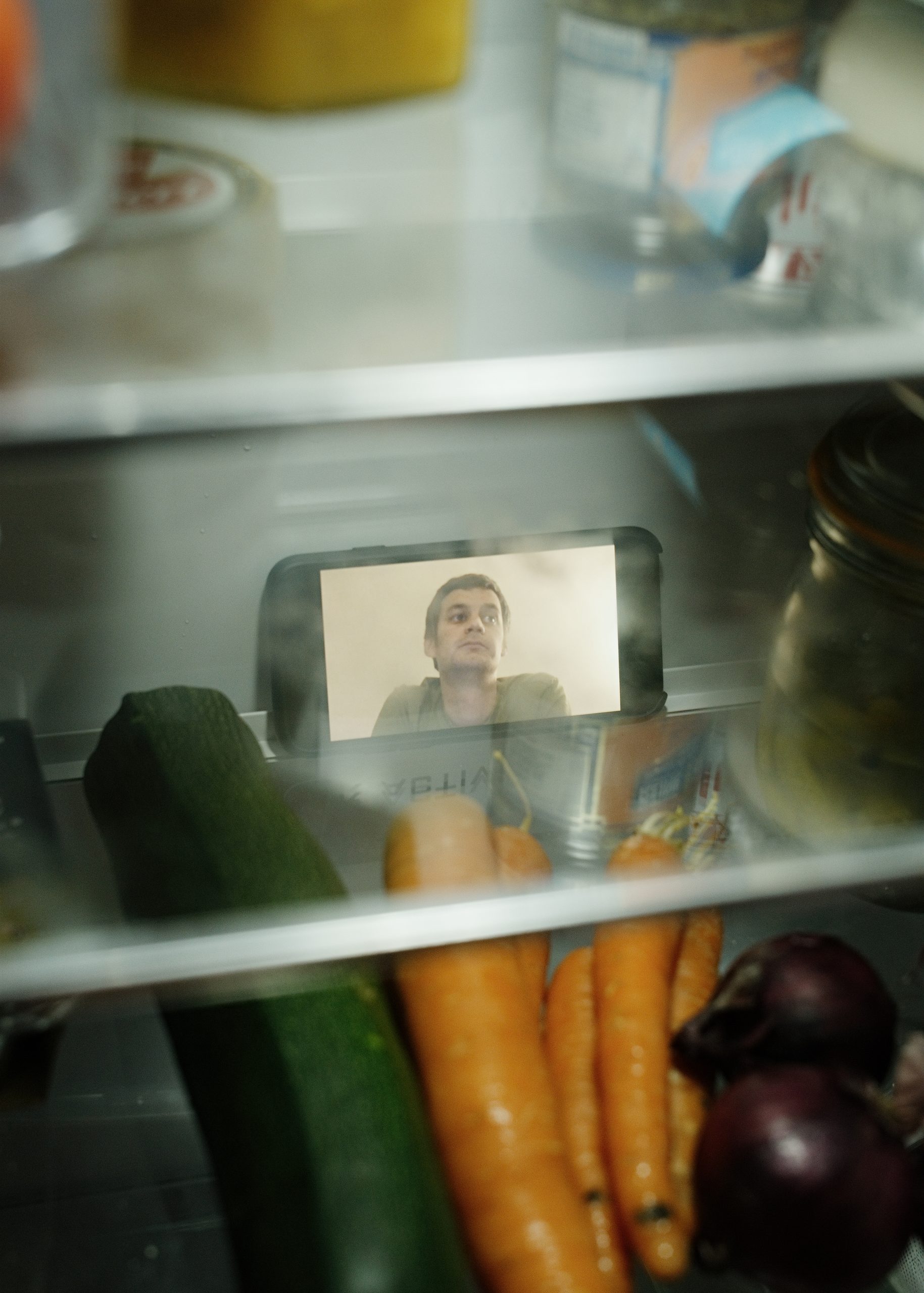

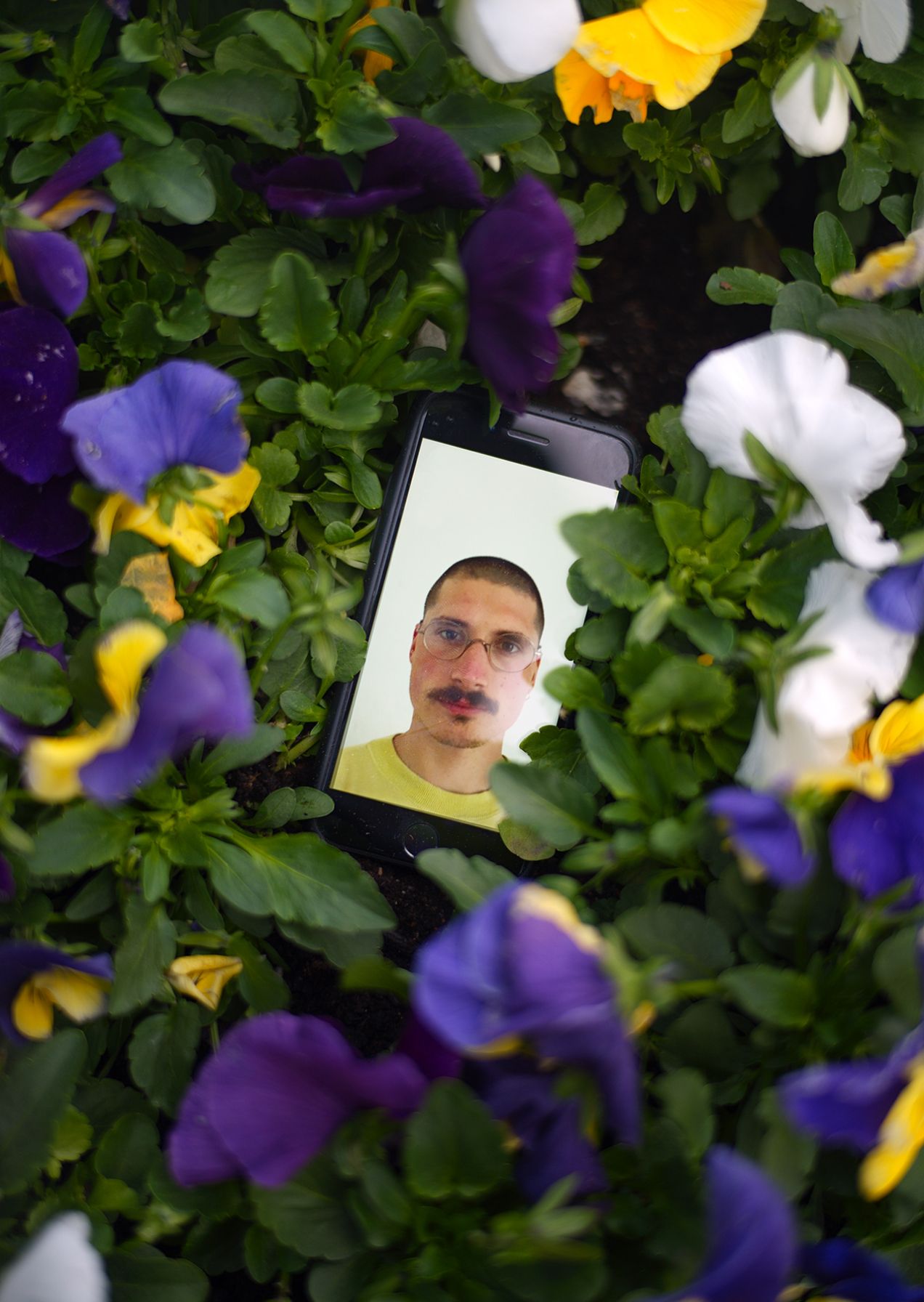
The magazine’s utopian vibe is further enhanced by the experimental, but generally low-key visual identity. A distinct, thematically-fitting, unique appearance was developed for each article. “Designing a strong and easily recognizable identity for each page was part of the concept, while also making sure that the elements of the magazine’s brand identity could be less emphasized when and if they are part of a more unique design for each article” pointed out Lili, who collaborated on the visual elements of the magazine with Józsi.
Another characteristic feature of the online platform is the remote portraits of the contributors that serve as a reminder of the time we all spent in quarantine.
The online magazine includes all kinds of inspiring content ranging from abstract photo series to philosophical musings and fake adverts to Sci-Fi stories. What connects them all is the pandemic, serving as their starting point as well as the fact that each story is the result of a collaboration between two creators who previously had no connection, but came together to realize the project.
“We were also interested in exploring how the collaborators influence each other. To confront vision and style, we paired people up from different countries and backgrounds so each of them could bring a fresh perspective to the project. Post Life Magazine really is a project where people can challenge each other to express what they want and can step out of their comfort zones” emphasized Henri.

Besides the founders, a few of the contributors also shared the ideas behind their imaginative stories.
Ali Tokleh
“The story revolved around what holidays would look like in a post-Covid-19 future where society has reached new extremes. Due to permanent confinement and reduced levels of social contact, people would naturally feel an intense desire for periods of quality leisure. However, leisure has unfortunately taken on a different definition, with restrictions limiting the freedom people previously had. New Holidays Ltd. is a travel agency that designs holidays within this landscape. Rather than swimming in the French Riviera which is now essentially just a memory, people have the opportunity to experience water again by taking a dive in their local pond. And for those interested in recreational activities, the public for instance, can hire a robotic dog—a canine programmed to provide unconditional love, companionship and relief to their monotonous lives.
Devising this concept within a dystopian world allows us to break through the mental restraints of isolation and once again think beyond our means. The satirical approach felt necessary to provide humor in a difficult time and even possibly prepare communities to think productively should this situation come into existence.”
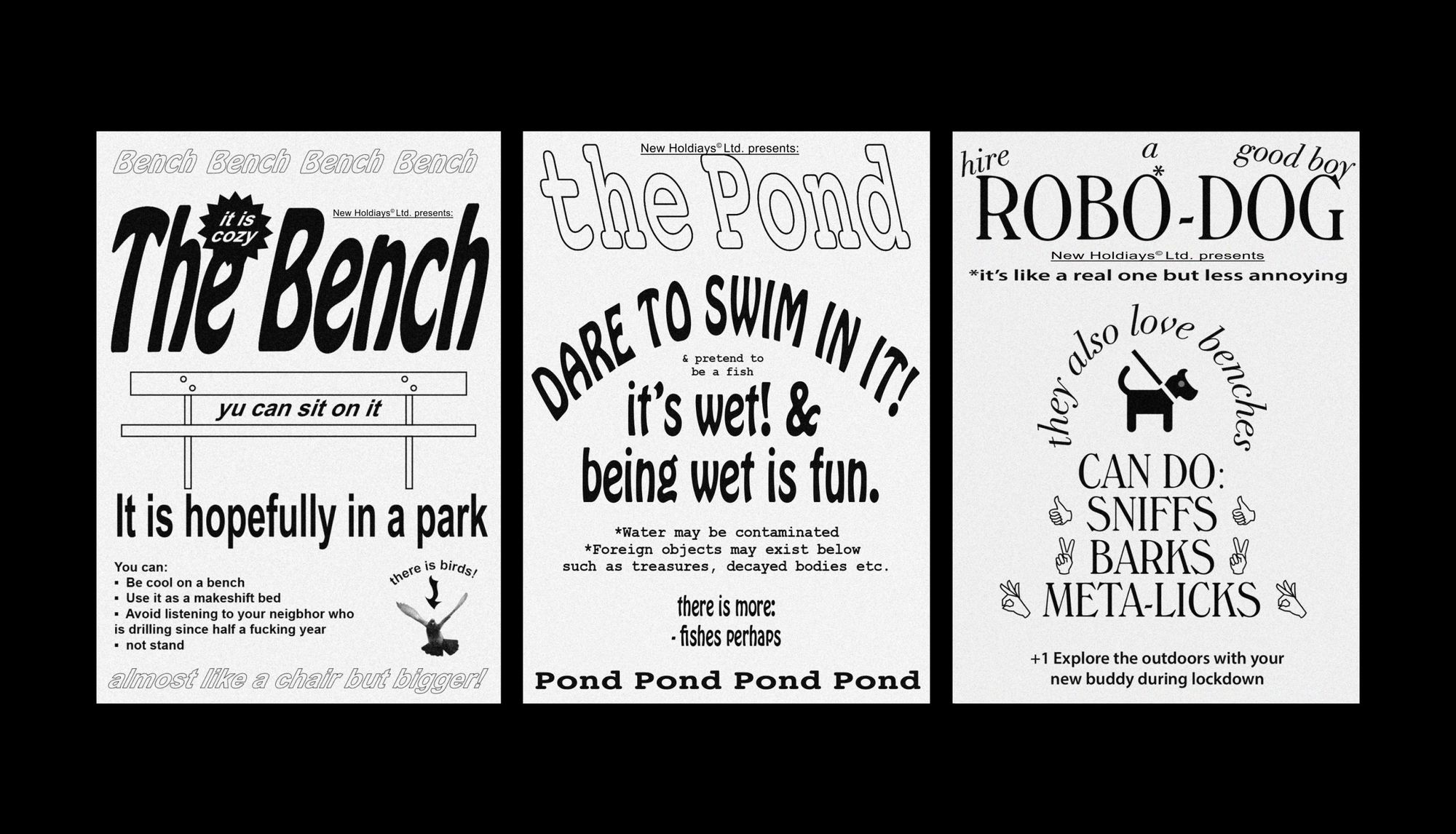
Ali Tokleh’s utopian concept was illustrated by József Kiss; you can check out the whole story here.
Leda Baöl
“The Spring of Elephants is a postcard from a possible future that doesn’t look that nice. I think about what the future holds for us in the next ten years every day, as I’m sure anyone with children does too. Some days I’m very optimistic, but on other days I start googling how to learn survival skills. One thing is for sure though, in either case doing nothing is not an option. I think visualizing what’s coming helps a lot, so this short story is another piece of a personal mosaic.”
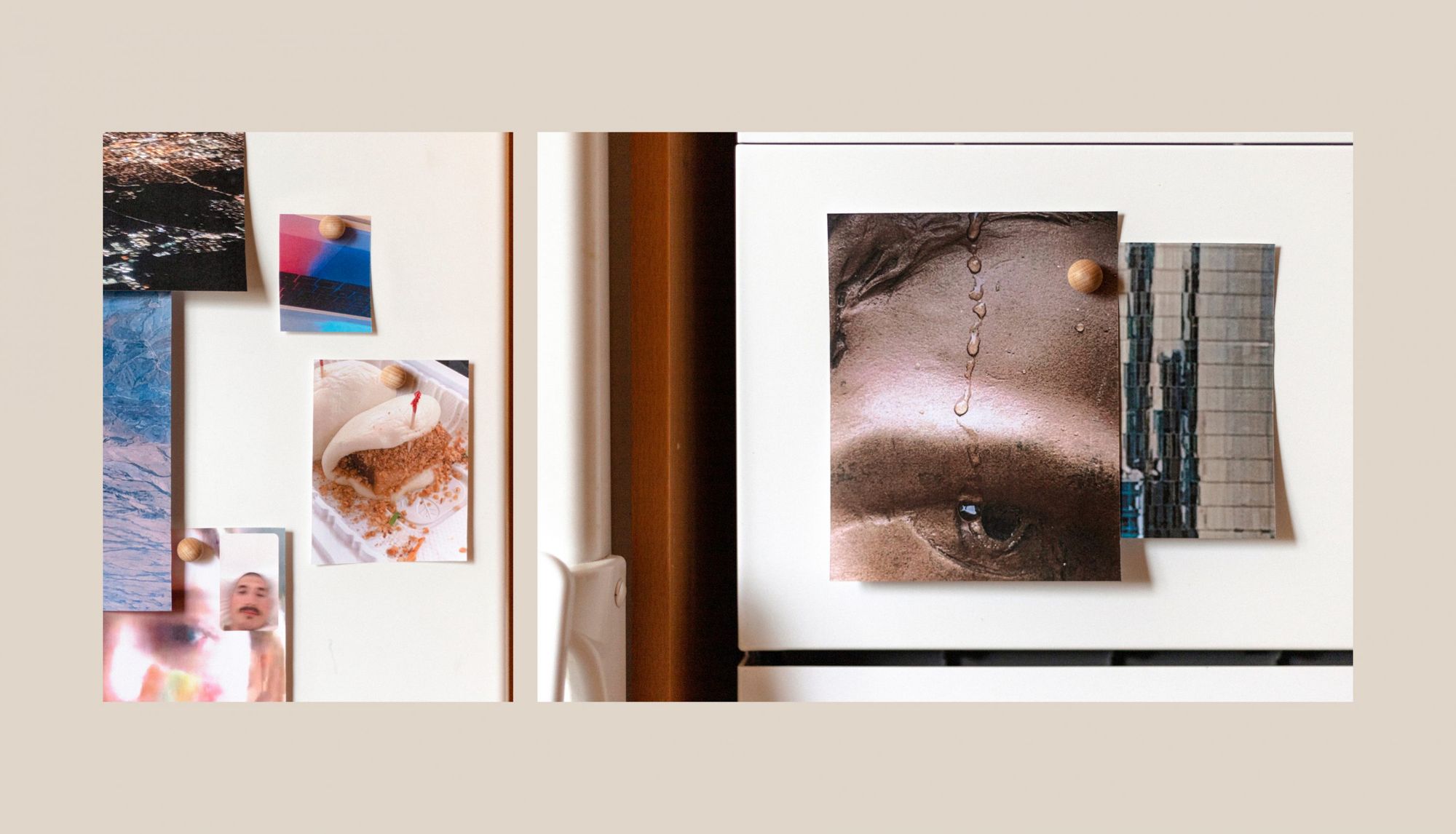
You can read Leda Baöl’s journal-style story illustrated by András Ladocsi here.
Juuso Salakka
“My creative partner Phuc wasn’t yet involved in the project from the very beginning, so I created a draft of the article to discuss with the editors of Post Life. Keeping in mind the possibilities of an online publishing platform, I wanted to tell the story through a user experience and user interface—something that’s not my area of expertise in design. I guess the other articles followed a different editorial working process with either text responding to imagery or the other way around. Because of our medium of choice, we decided to follow a concept design process. This more immediate collaboration had fewer opportunities for interpretation, but offered a familiar setting for us to approach a challenging topic from a new angle.
In response to the international vaccination program the article proposes a gamified vaccine passport concept that combines elements of popular mobile game mechanics and social reward systems that alter and encourage the user’s behavior. The kind-hearted aesthetics and approachable tone of the article paint a picture of a utopian world where real life medical records are converted into in-game collectible items. The article will be coming out soon, probably in the next few weeks.”
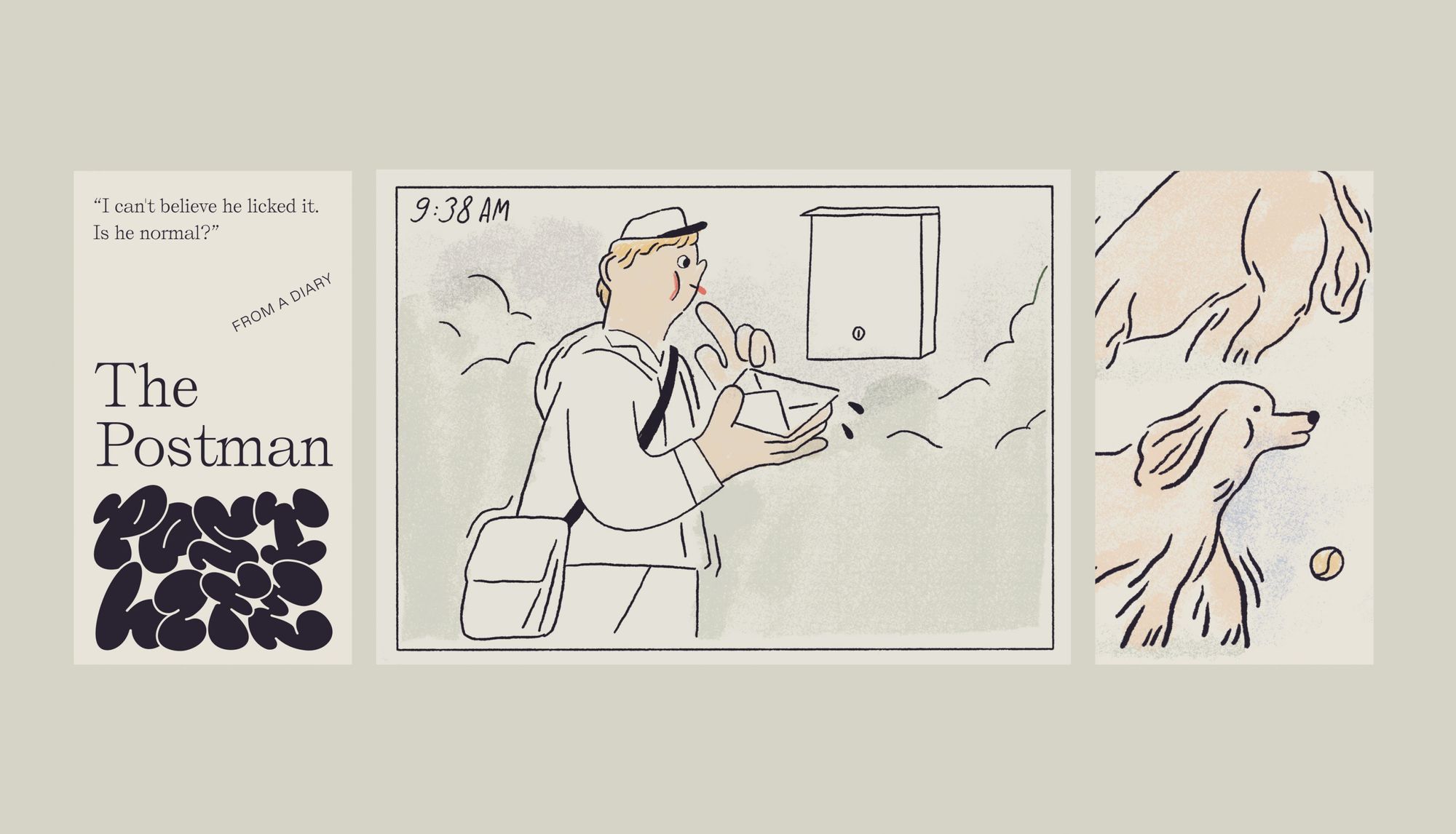
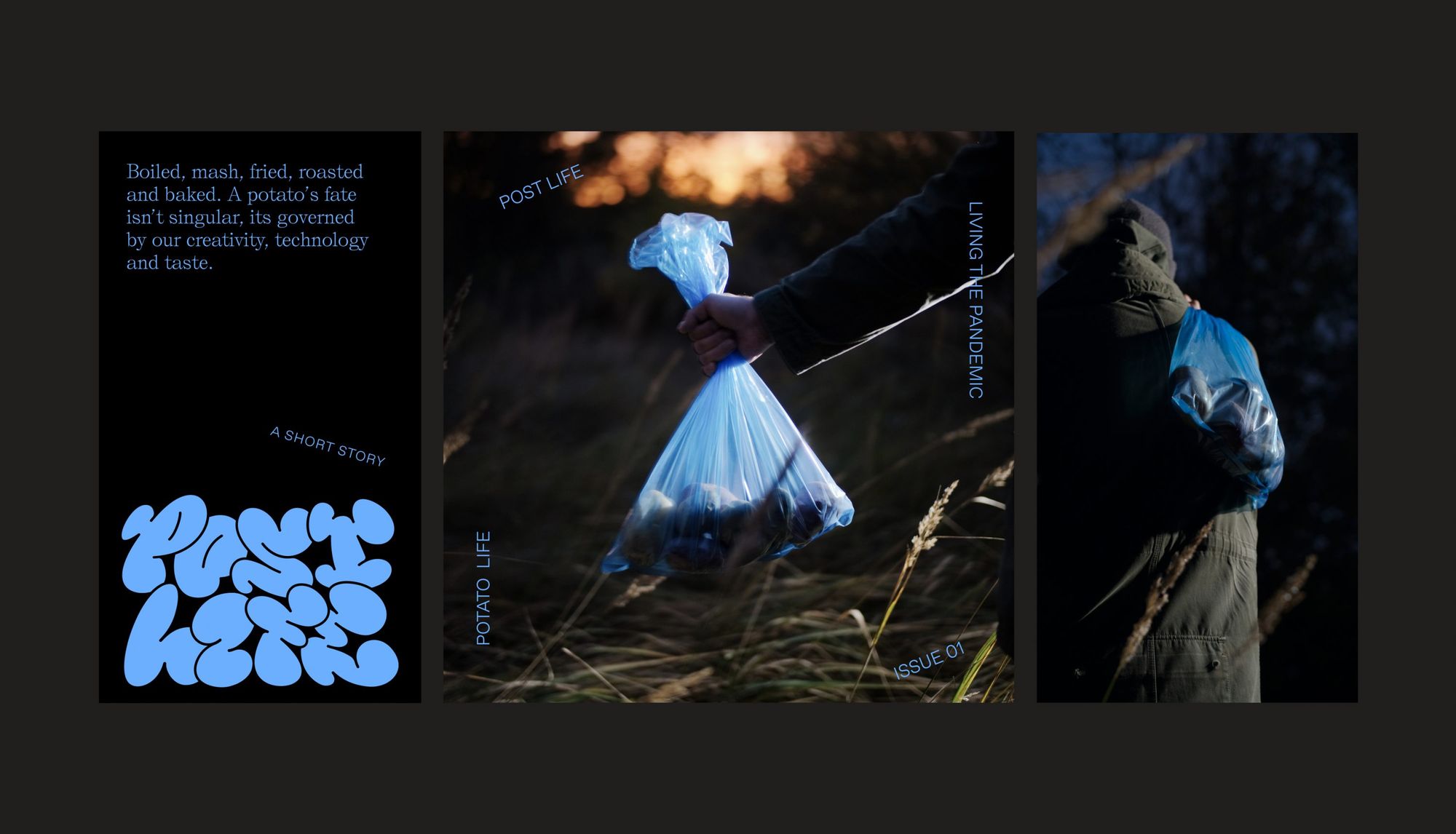
The original creators are already working on the next issue, teasing that the only things remaining will be the basic concept and the name with a different design, however they’ll be parting ways with the topic of the pandemic. What’s more, they also hope to publish a printed version of the magazine too.
Post Life Magazine | Web | Instagram
Contributors: Fruzsina Fölföldi, Phuc Doan, Joonas Pulkkinen, Eveliina Lempiäinen, Leda Baöl, Alíz Stocker, Elie Huault, András Ladocsi, Juuso Salakka, Mickael Vis, Ali Tokleh, Luzrecio Ciotti, Teemu Iltola, Vesa Vuorio, Susanna H. Tikkanen, Katri Naukkarinen, Martin Martonen, Teo Georgiev.
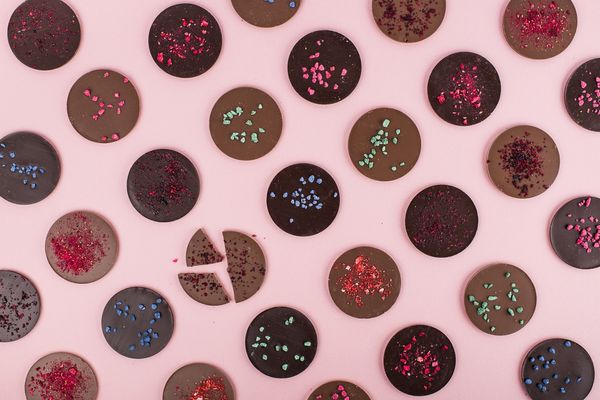
Handmade chocolates | TOP 5










